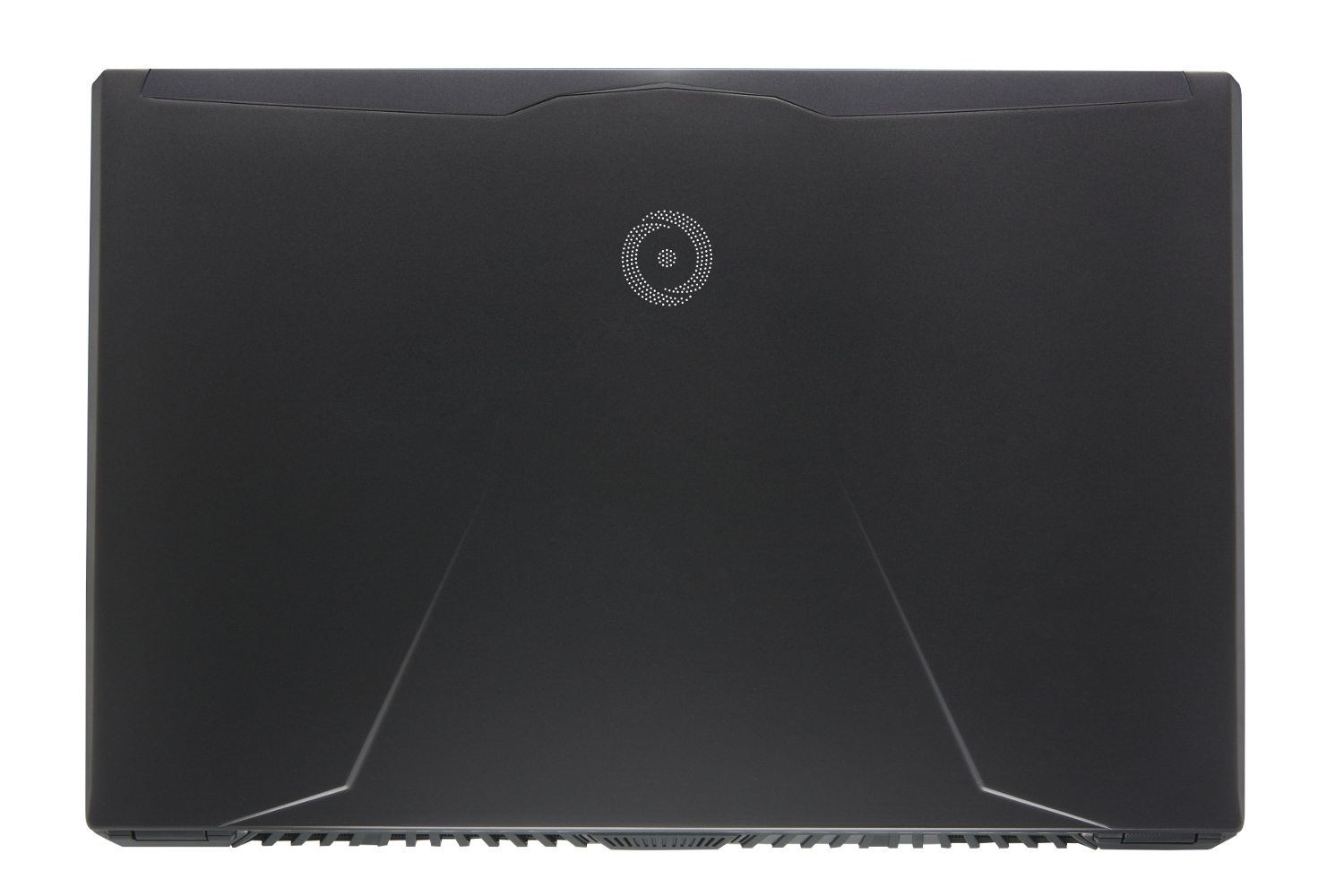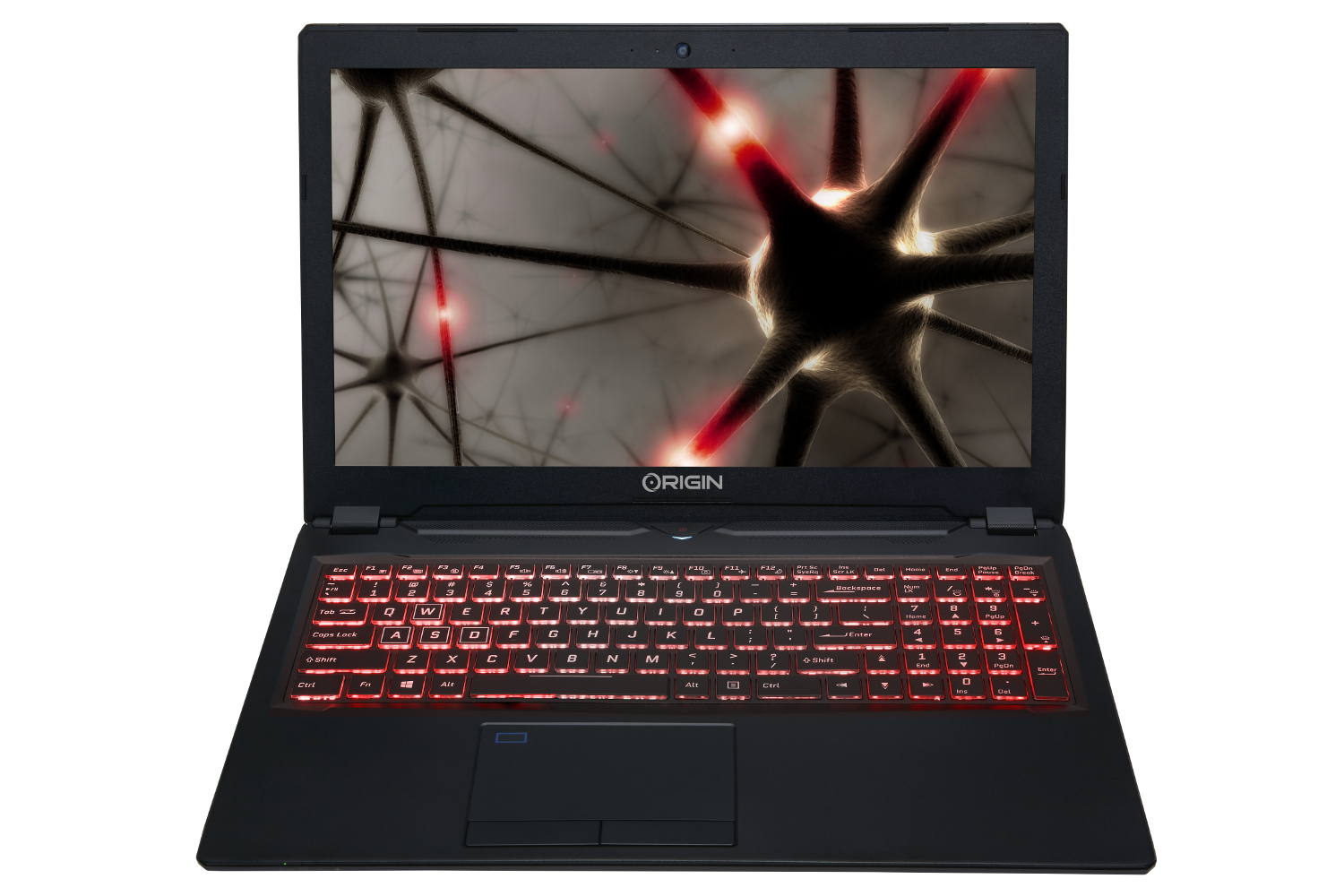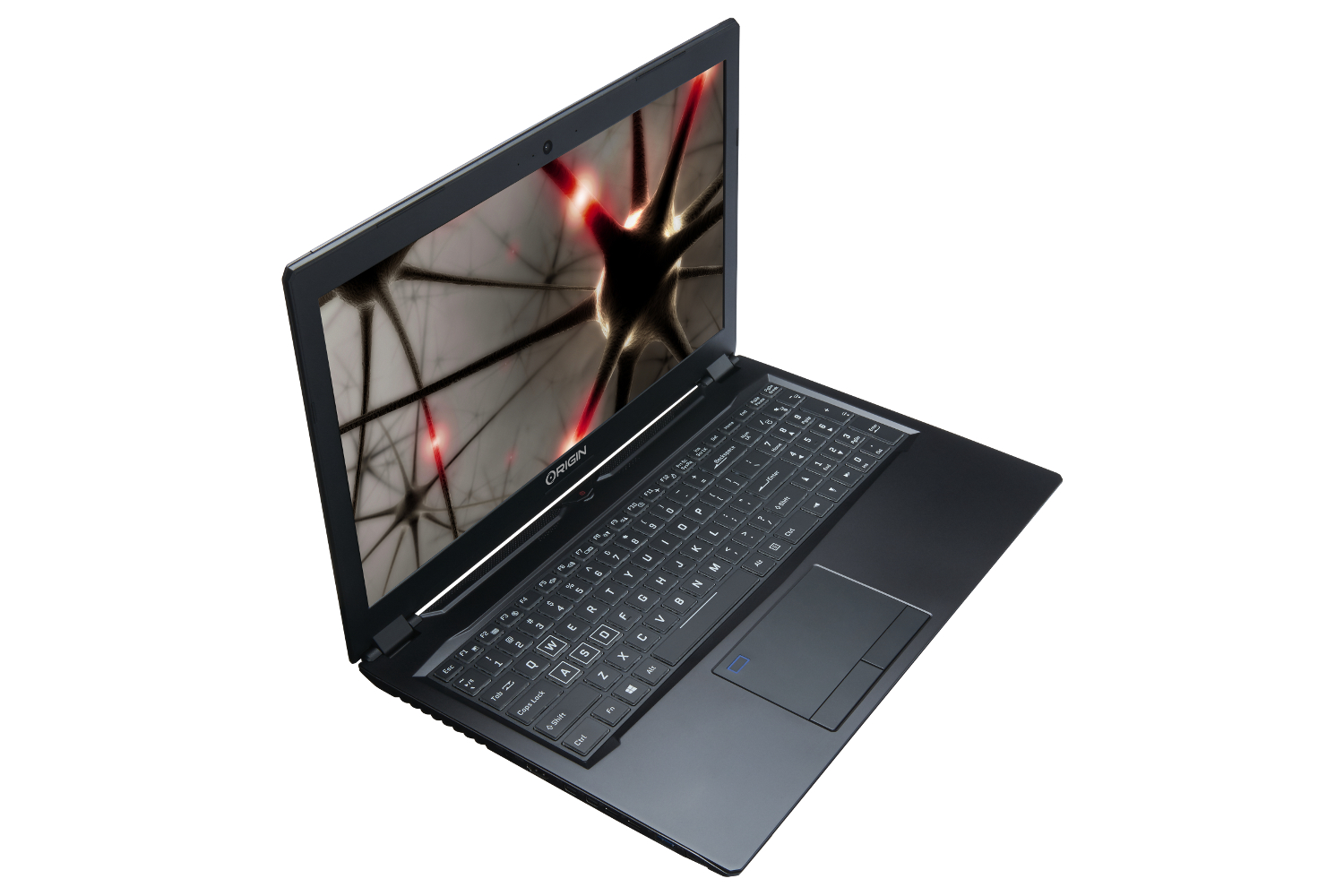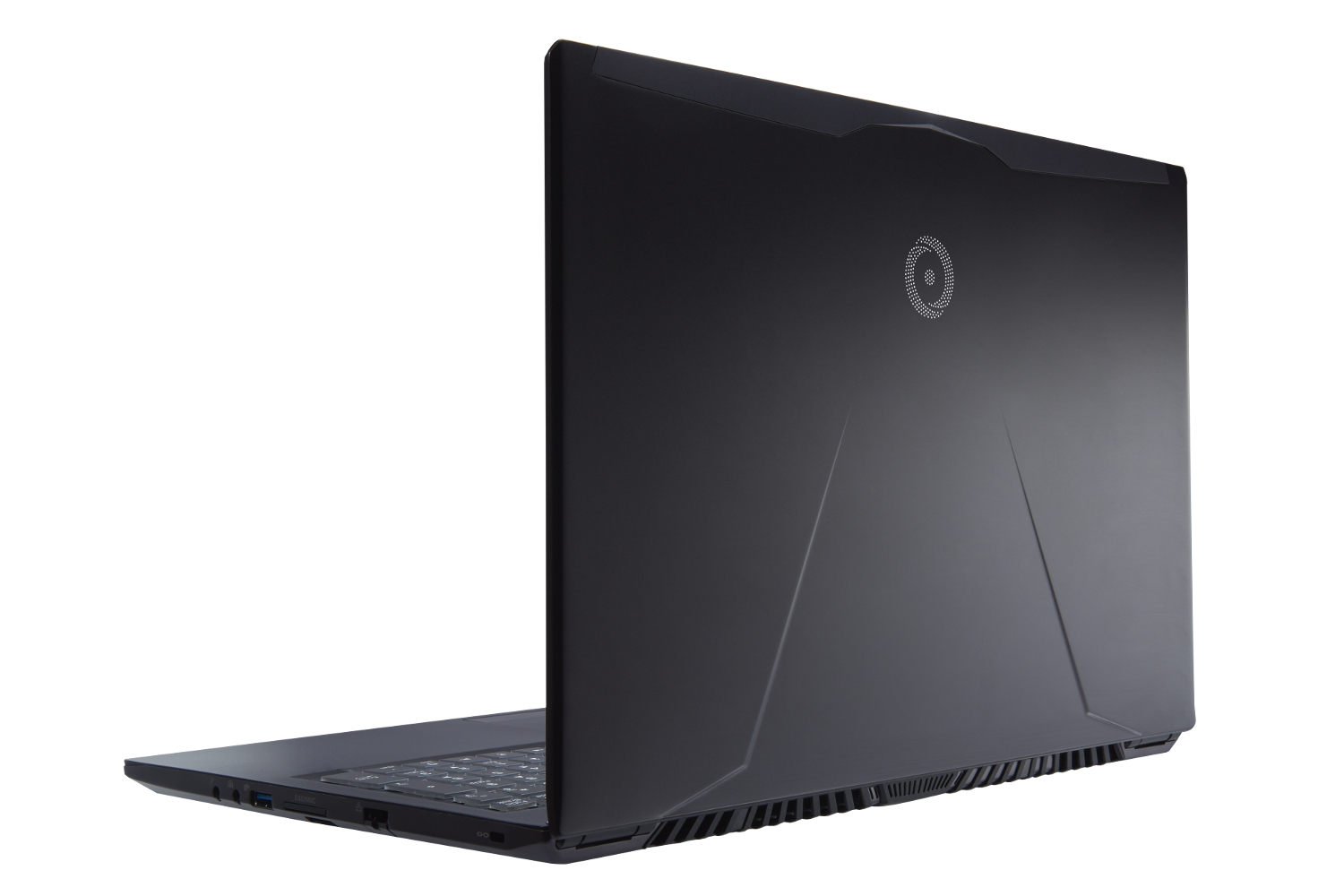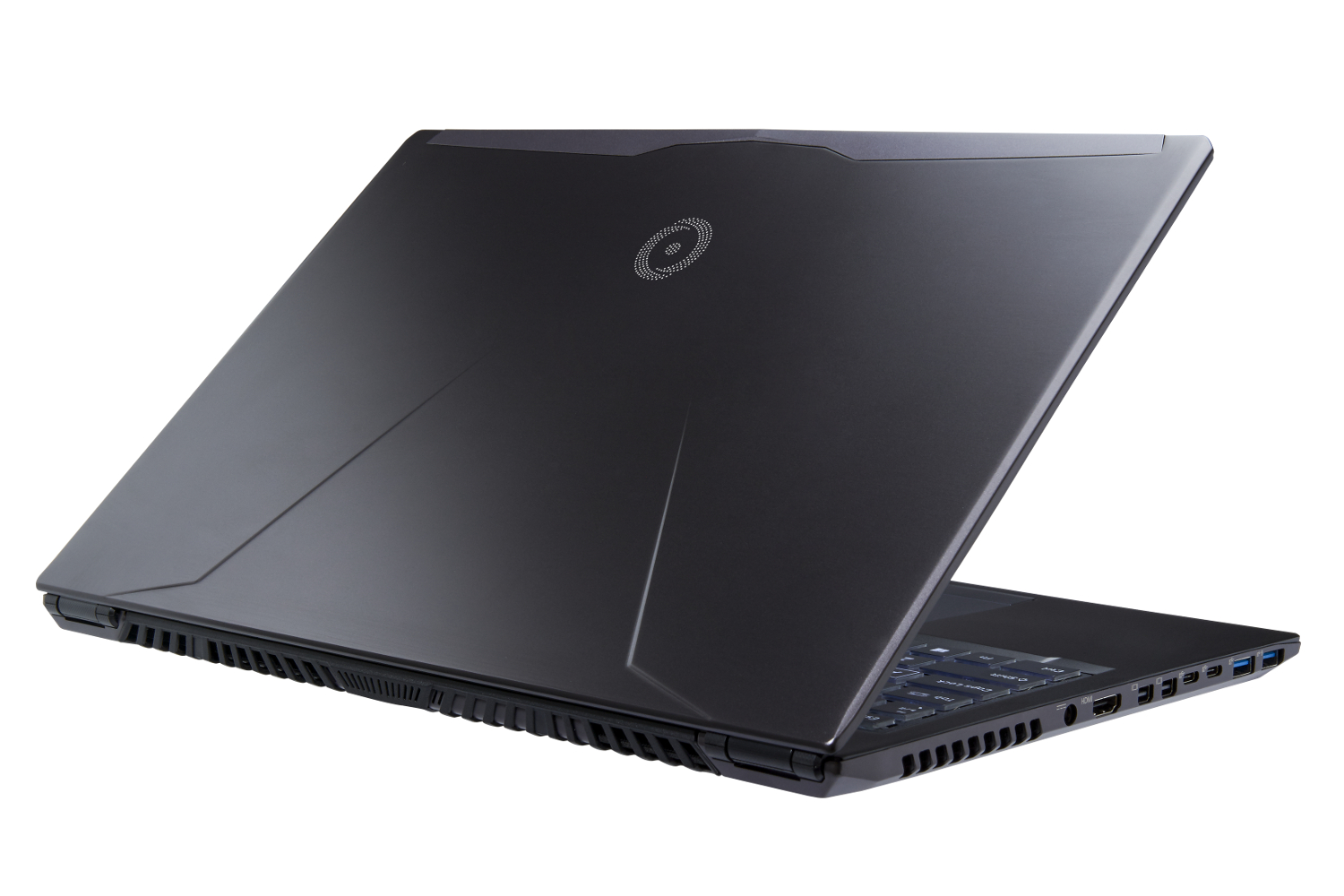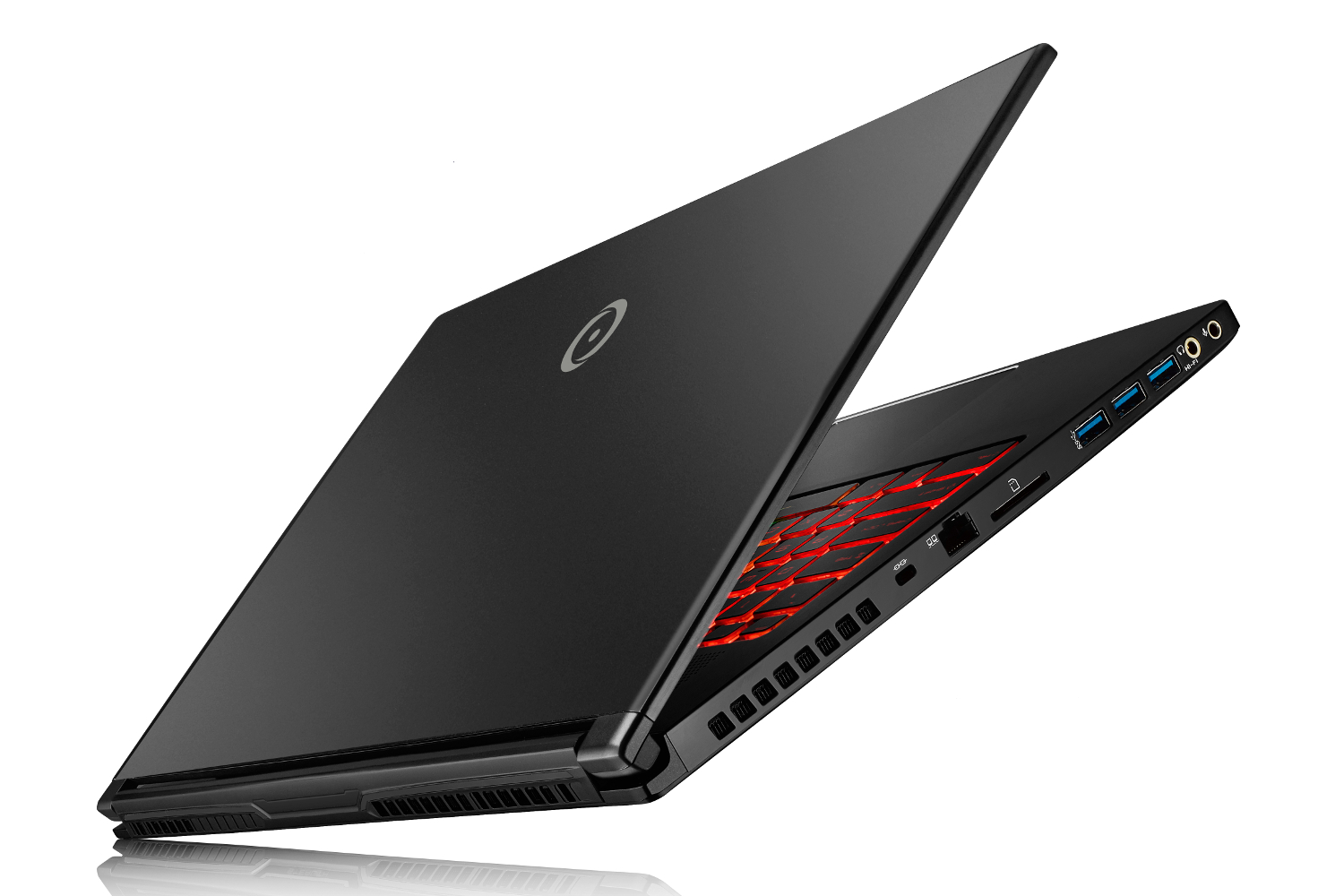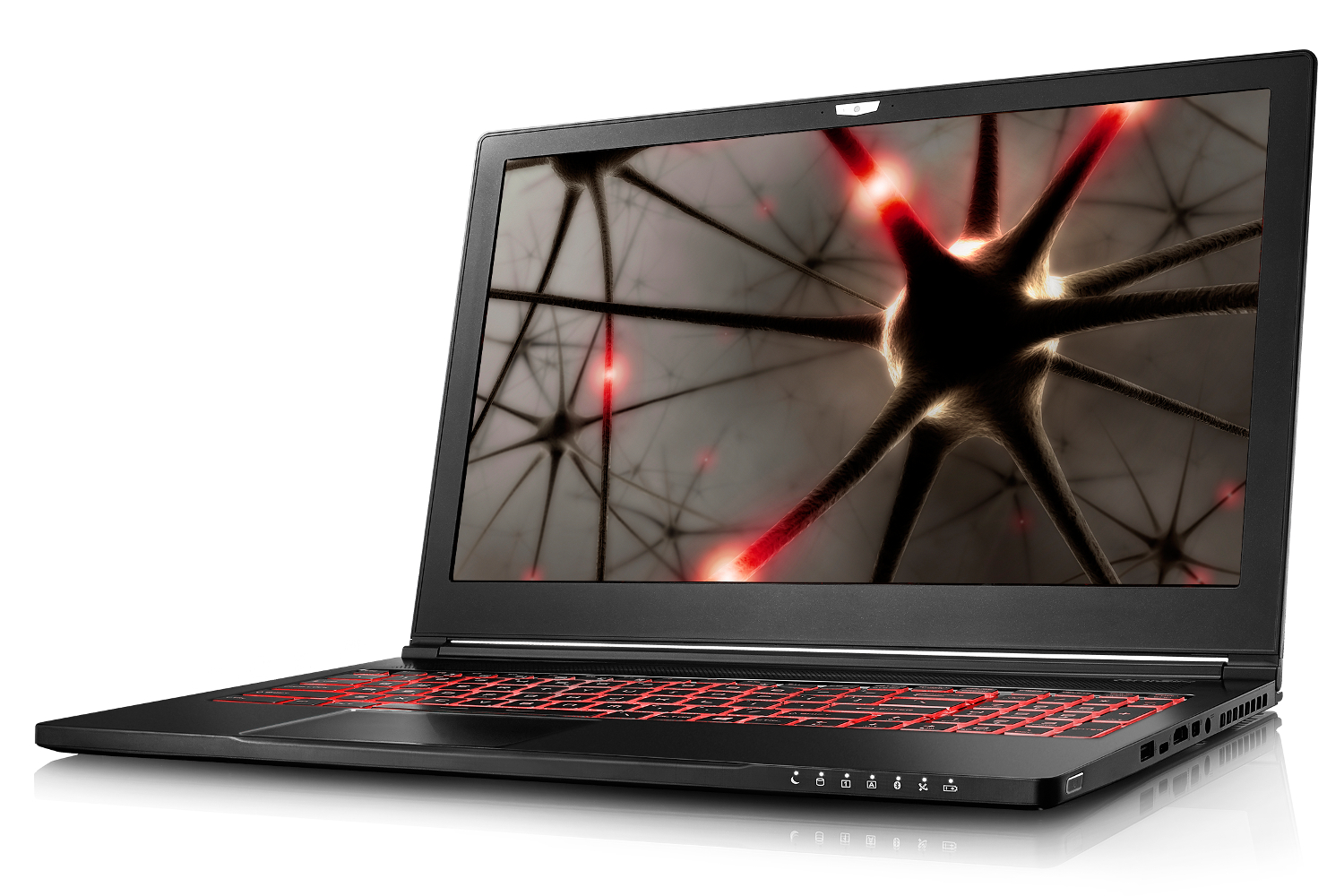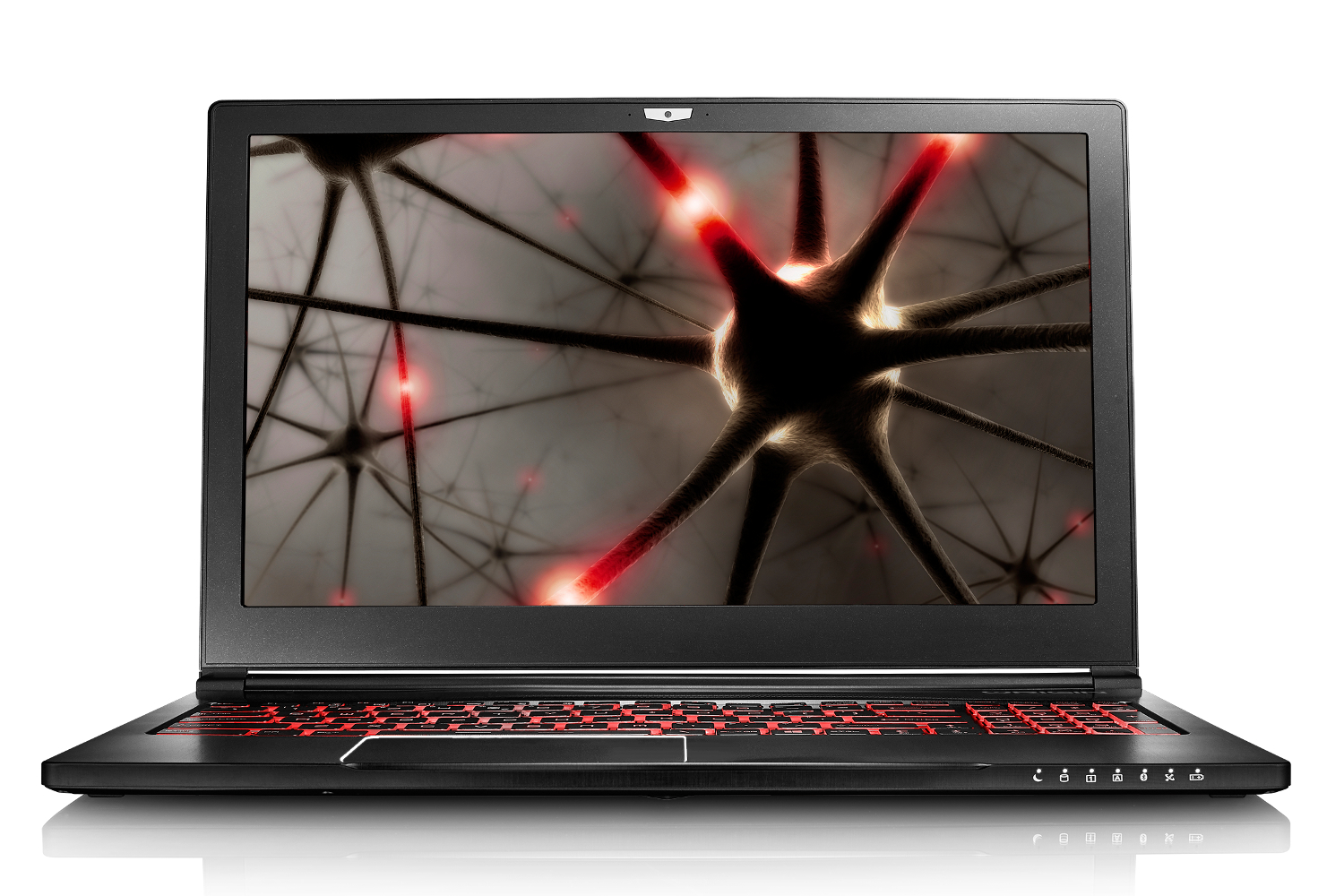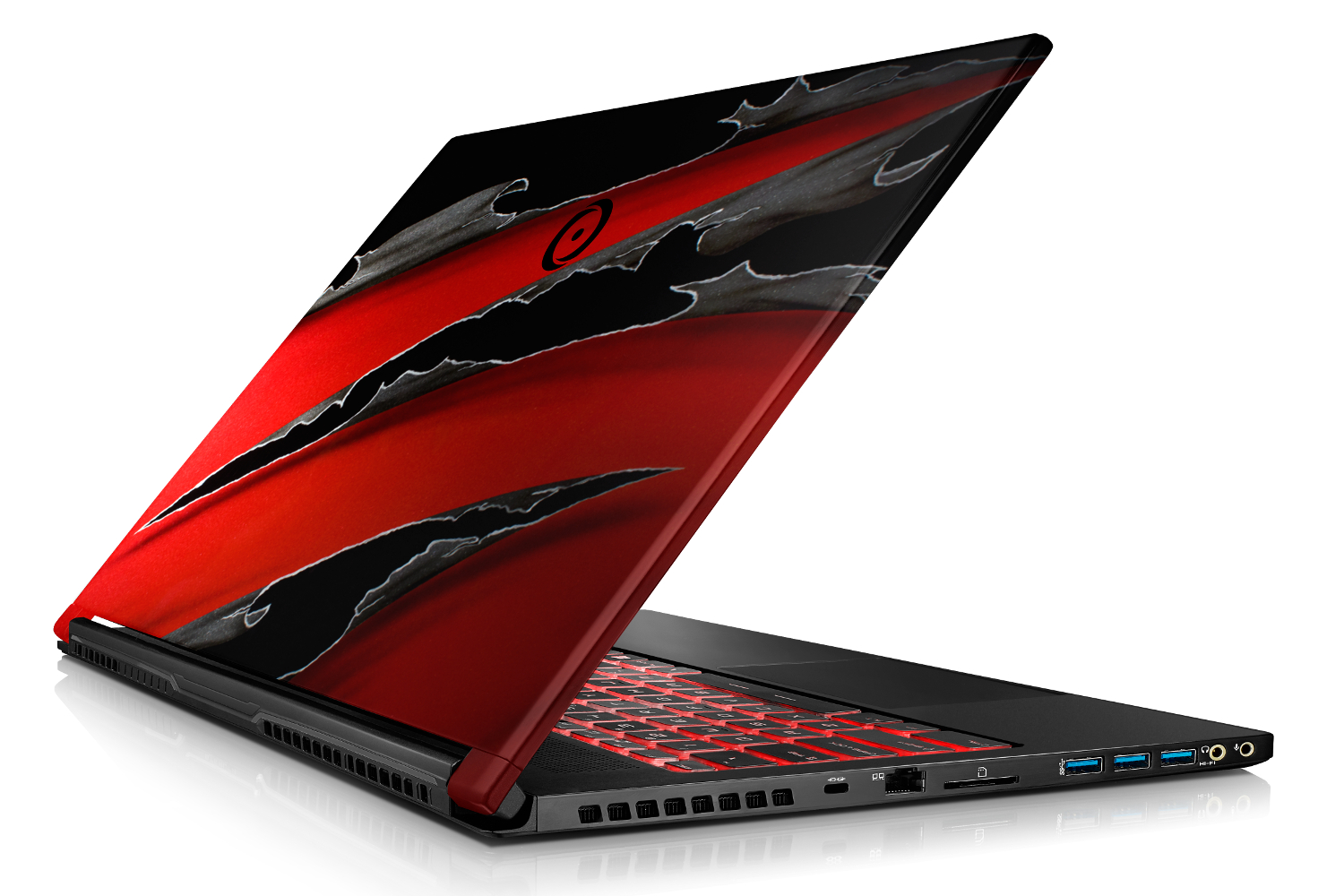
The EVO15-S for Gamers
Although Origin PC already serves up this laptop with Intel’s Core i7-7700HQ processor, the big upgrade appears to be support for Nvidia’s GTX 1070 graphics chip with Max-Q technology, a considerable jump up from the previous GTX 1050 Ti chip. The refresh also introduces USB 3.1 Gen2 technology, which is twice as fast as USB 3.1 Gen1 (formerly USB 3.0). This laptop includes two USB 3.1 Gen2 ports with the thin Type-C connector, and three USB 3.1 Gen1 ports with larger, rectangular Type-A connectors.
If you’re not familiar with Nvidia’s Max-Q technology, it’s exclusive to the company’s GeForce 10 Series graphics chips installed in laptops. The technology allows laptop makers to create solutions at up to 18mm thinness without sacrificing the GeForce chip’s performance due to heat and power draw. OEMs also don’t need to install bulky, loud cooling fans.
That said, thinner laptops don’t mean smaller components, and with Max-Q technology, the GeForce chip doesn’t need to be slowed down (underclocked) to limit its thermal output and power consumption. Heat causes nasty performance issues and can damage the components within, which is why you see many PC
According to the specifications, Origin PC’s laptop measures just 0.70 inches in width. Add the GTX 1070 graphics chip, an Ultra HD resolution, and speedy PCI Express-based storage, and you have one heck of a thin-and-light gaming machine. Here are the goods:
| Screen size: | 15.6 inches |
| Screen technology: | In-Plane Switching (IPS) |
| Screen resolution: | 3,840 x 2,160 1,920 x 1,080 |
| Processor: | Intel Core i7-7700HQ |
| Graphics: | Up to GeForce GTX 1070 with Max-Q |
| Memory: | Up to 32GB DDR4 @ 2,666MHx (2x 16GB) |
| Storage 1: | Up to 1x 2TB M.2 PCI Express SSD |
| Storage 2: | Up to 1x 4TB HDD or SSD (2.5 inches) |
| Audio: | Sound BlasterX Pro-Gaming 360 |
| Connectivity: | Intel Dual Band Wireless AC 8260 (up to 867Mbps) Bluetooth 4.2 |
| Ports: | 2x USB 3.1 Gen2 Type-C 3x USB 3.1 Gen1 Type-A 1x USB 2.0 Type-A 1x 6-in-1 card reader 1x Ethernet 1x HDMI 1x Microphone jack 1x Headphone jack |
| Battery: | 4-cell 55Wh polymer battery, up to five hours |
| Dimensions: | 14.90 (W) x 0.70 (H) x 9.90 (D) inches |
| Weight: | 4.3 pounds |
The NT-15 Quadro for Pros
With this model, Origin PC is shooting for a thin and light workstation. Like the EVO15-S, this business-oriented workhorse already offers the Intel Core i7-7700HQ. However, Origin PC ripped out Nvidia’s gaming-focused GTX 1060 graphics chip for Nvidia’s professional Quadro P3000 and P4000 GPUs, which also utilize Max-Q technology.
Compared to the previous model, the NT-15 Quadro is still the same size, measuring just 0.69 inches in width. However, thanks to Nvidia’s Max-Q technology, Origin PC’s professional notebook provides increased performance without sacrificing its thin and light form factor. The company also outfitted this model with USB 3.1 Gen2 technology behind one Type-C port, which joins three other Gen1 ports using the fatter Type-A connector.
| Screen size: | 15.6 inches |
| Screen technology: | In-Plane Switching (IPS) |
| Screen resolution: | 1,920 x 1,080 |
| Processor: | Intel Core i7-7700HQ |
| Graphics: | Up to Nvidia Quadro P4000 with Max-Q |
| Memory: | Up to 32GB DDR4 @ 2,400MHz (2x 16GB) |
| Storage 1: | Up to 512GB M.2 NVMe PCI Express SSD |
| Storage 2: | Up to 2TB HDD or SSD (2.5 inches) |
| Audio: | Sound Blaster Cinema 3 |
| Connectivity: | Intel Dual Band Wireless-AC 8260 (up to 867Mbps) Bluetooth 4.2 |
| Ports: | 1x USB 3.1 Gen2 Type-C 3x USB 3.1 Gen1 Type-A 1x USB 2.0 Type-A 1x SD card reader 1x Ethernet 1x Microphone jack 1x Headphone jack |
| Keyboard: | Custom multi-color illumination, anti-ghosting |
| Special features: | Custom paint or laser etching Fingerprint scanner |
| Battery: | 3-cell 51.3Wh Getac battery, up to four hours |
| Dimensions: | 15.00 (W) x 0.69 (H) x 9.80 (D) inches |
| Weight: | ~ 4.0 pounds |
“Our new EVO15-S and NT-15 Quadro laptops are the most powerful thin and light
Pricing
As for how much Origin PC customers should expect to pay for the refreshed laptops, here are the starting prices Origin PC provided to Digital Trends:
| Processor | Memory | Graphics | Starting Price | |
| EVO15-S | Core i7-7700HQ | 8GB @ 2,400MHz | GTX 1060 | $1,609 |
| EVO15-S | Core i7-7700HQ | 8GB @ 2,400MHz | GTX 1070 | $1,762 |
| NT-15 Quadro | Core i7-7700HQ | 32GB | Quadro P3000 | $3,073 |
| NT-15 Quadro | Core i7-7700HQ | 32GB | Quadro P4000 | $3,885 |
